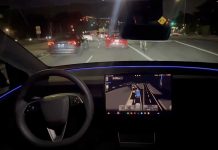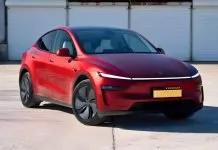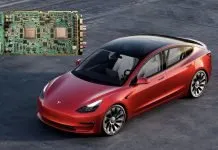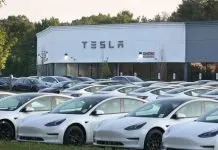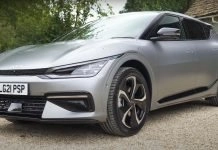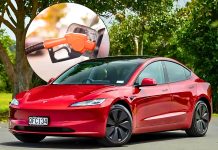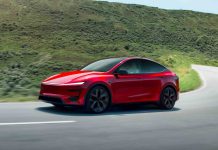As Tesla releases Full Self-Driving (Supervised) version 14.1.7, the EV manufacturer is defining what intelligent driving assistance really means. In the past, we have seen several reports where FSD not only views the road but it comprehends it better than most human drivers.
A recent example was provided by a Tesla driver who shared how FSD held back momentarily at a green light, which confused the driver until he realized a cyclist intended to pass ahead of the vehicle. The system’s predictive features had already identified the existing hazard, which would have resulted in a serious accident.
Even with human reflexes, traditional driving is inherently reactive; we react to what we see. However, Tesla FSD has gone so far that it knows what is coming next.
With a mix of real-time neural network inference, 360° camera inputs, radar-like perception of vision-only sensors, and the processing capabilities of Tesla’s in-car AI chips, FSD v14.1.7 is constantly projecting potential situations around the car.
By the time the given driver met with that bicycle rider, the system had already simulated their possible path. Not to hurry was not a hesitation, but a foresight. Such proactive awareness is the next dimension of road safety.
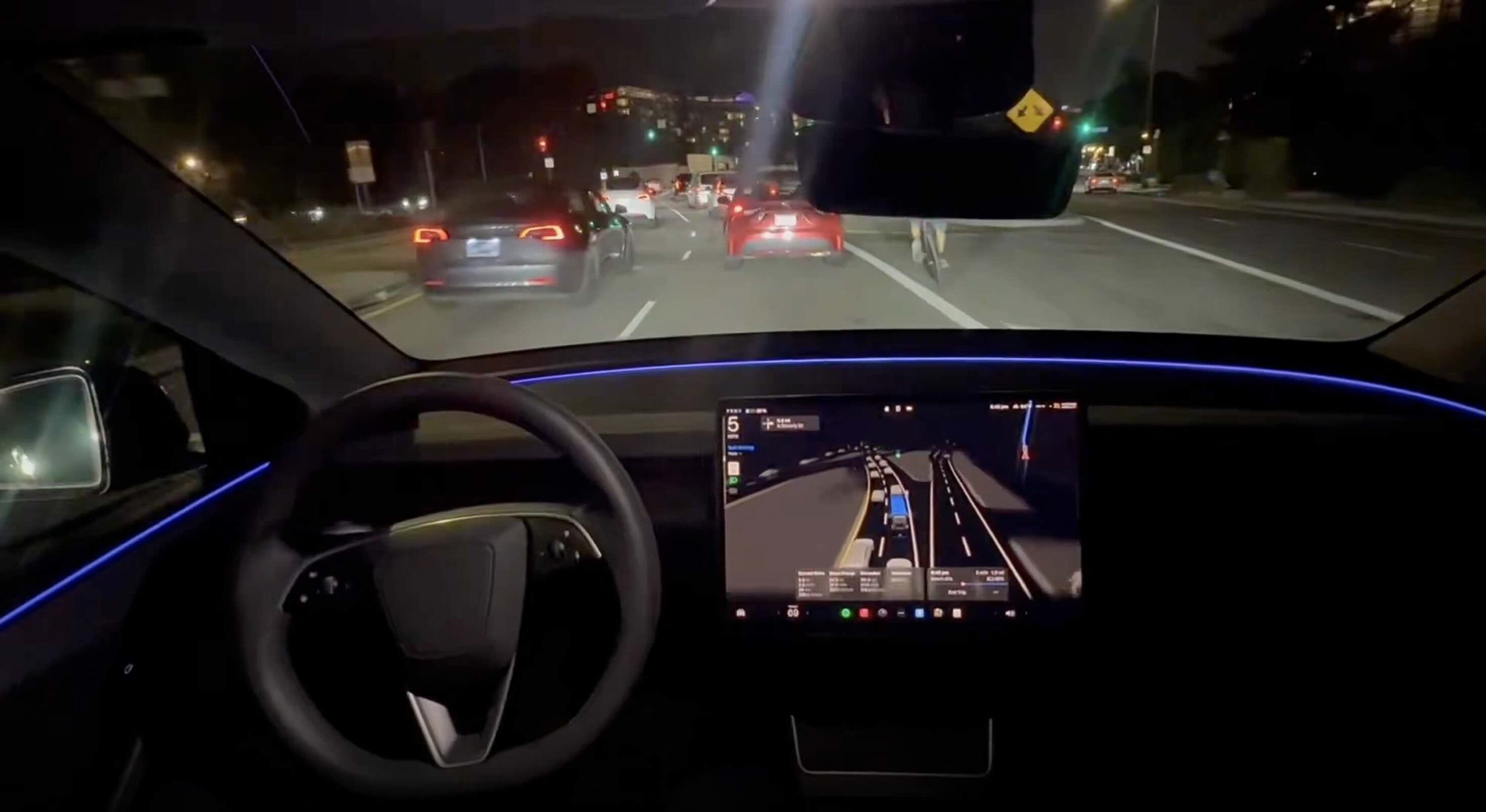
FSD v14.1.7: A Leap in Confidence and Comfort
Early reports from Tesla owners describe the version 14.1.7 as being the most human-like, intelligent, and smooth version to date. The acceleration is more natural, the cornering is less robotic, and the lane changes are done very precisely.
However, the largest upgrade appears to be confidence, other than comfort. The capability of the system to understand complex urban environments, including crosswalks, intersections, and unpredictable bikers, has significantly enhanced.
The neural networks at Tesla are constantly trained on billions of miles of actual data, and, therefore, with each FSD release, Tesla releases not only an update but the sum of experience of millions of driving situations.
Just had one of those moments with FSD v14.1.7 where you realize it sees more + quicker than you can.
Was wondering why it wasn’t accelerating after a green light right away and there was a cyclist it predicted would cut right in front of me.
👀 in back of its 🧠 pic.twitter.com/3gY6Y3dDov
— Zack (@BLKMDL3) November 13, 2025
Growing Evidence of FSD’s Safety Record
Recently, a Tesla driver was almost in a head-on collision, but FSD saved his life. His post tells how a car abruptly shifted to his lane at 75 mph, where a head-on collision would have been a possible deadly accident. But the autonomous driving system in the Tesla responded immediately and turned the car out of danger. The outcome was only some minor damages, a shattered mirror, a broken window, but a thankful driver.
It is not the first time that Tesla cars have been said to save an accident due to autonomous technology. Several drivers have given similar testimonies over the last year that FSD avoided collisions, avoided road debris, or braked to avoid collisions caused by distracted or aggressive human drivers.
According to recent internal data published by Tesla, cars using FSD (Supervised) have resulted in up to 85% lower crash per mile than human-operated cars. The company boasts that with each software update, the system will become more intelligent and will use feedback from real-life incidents in order to update the driving logic.

